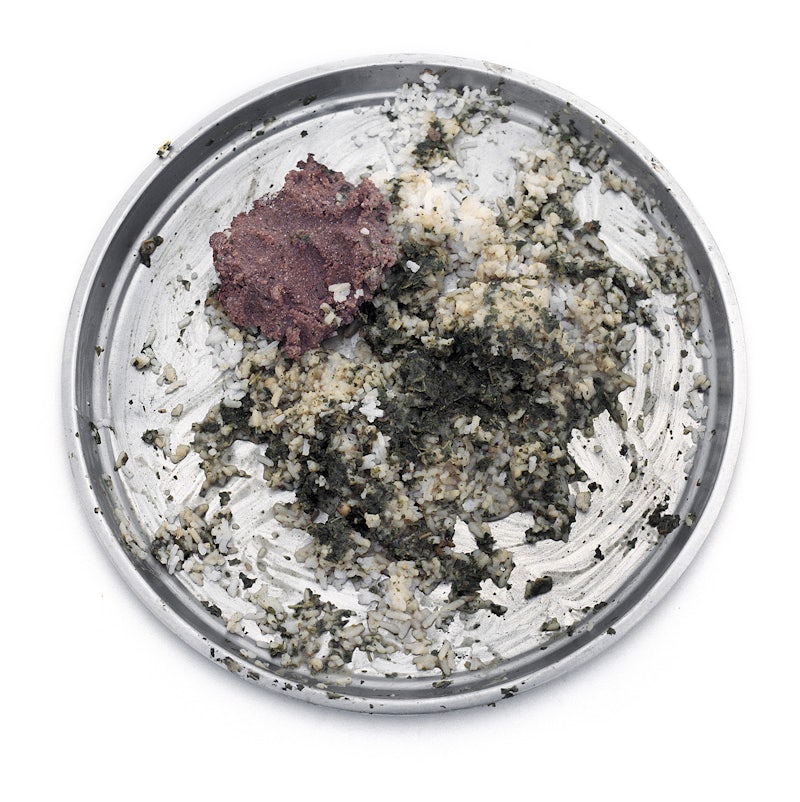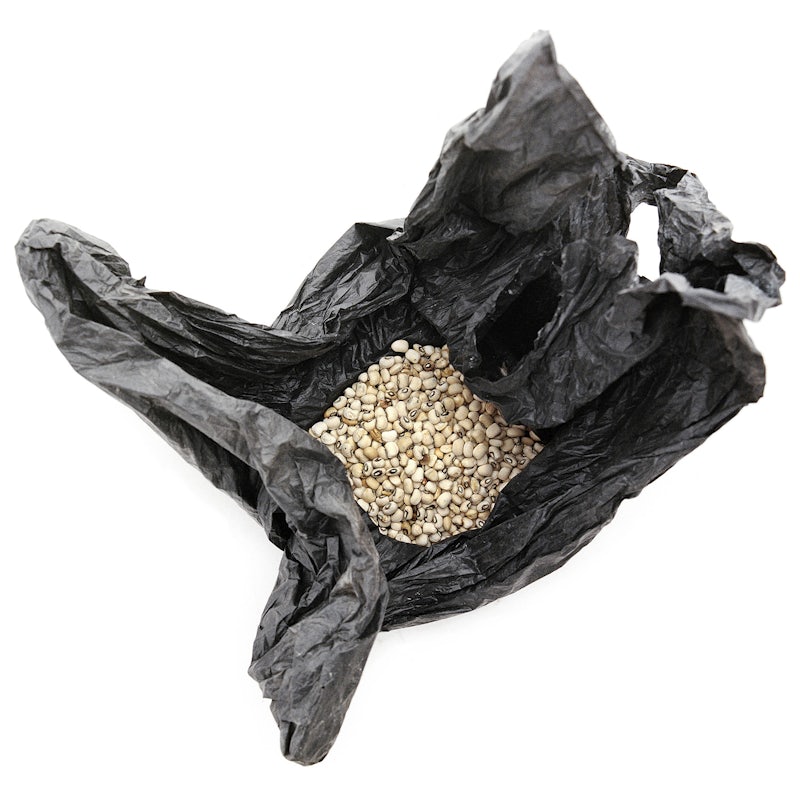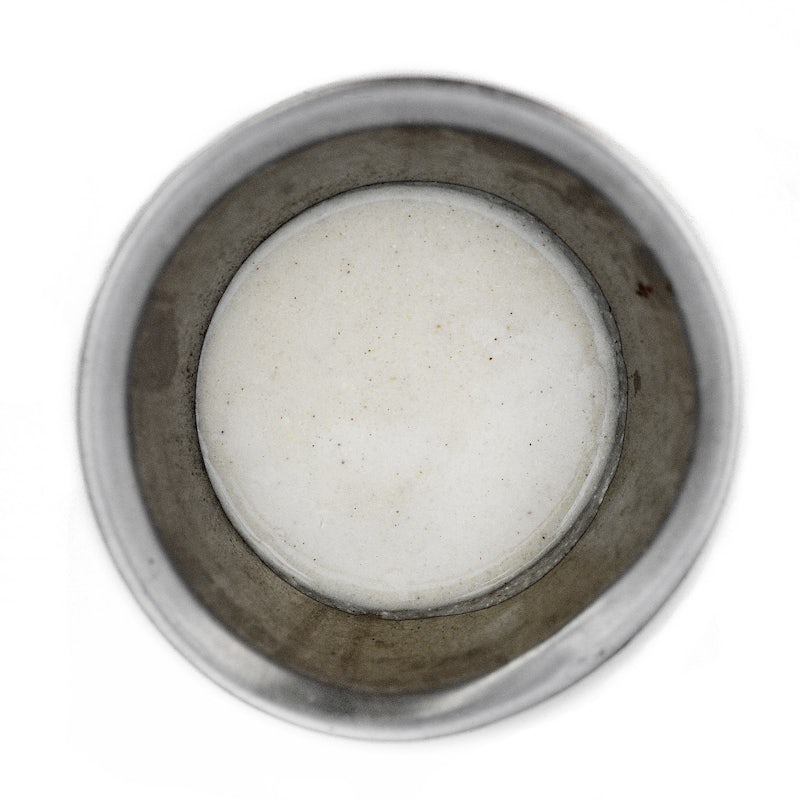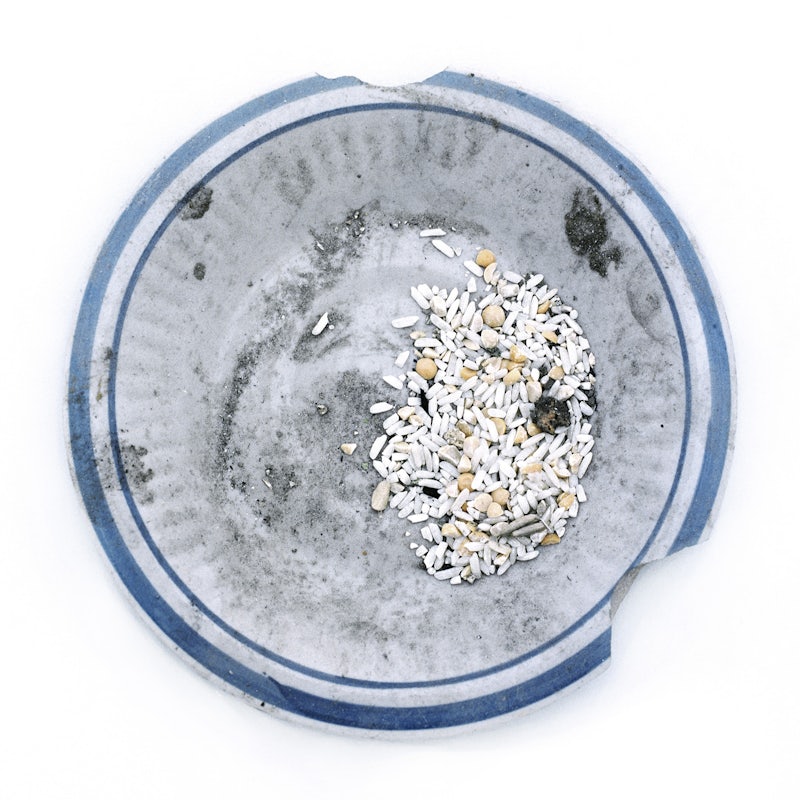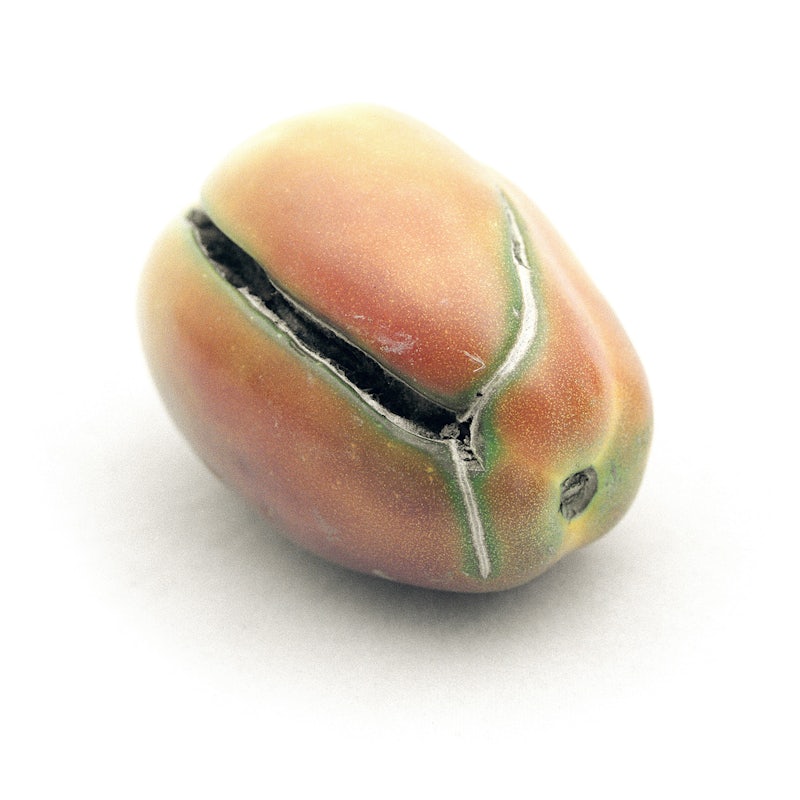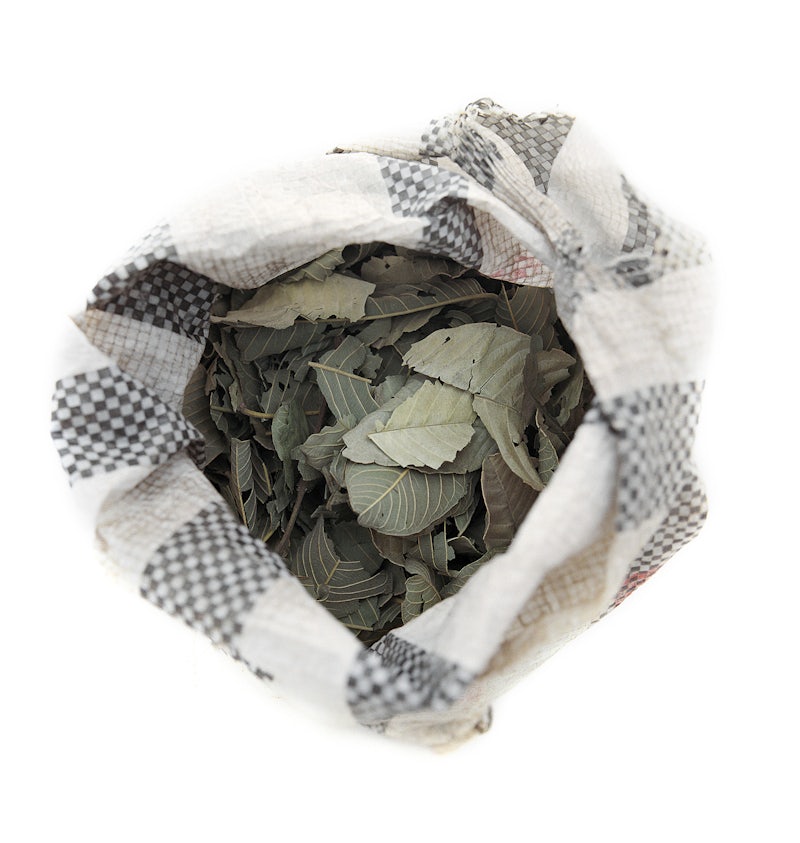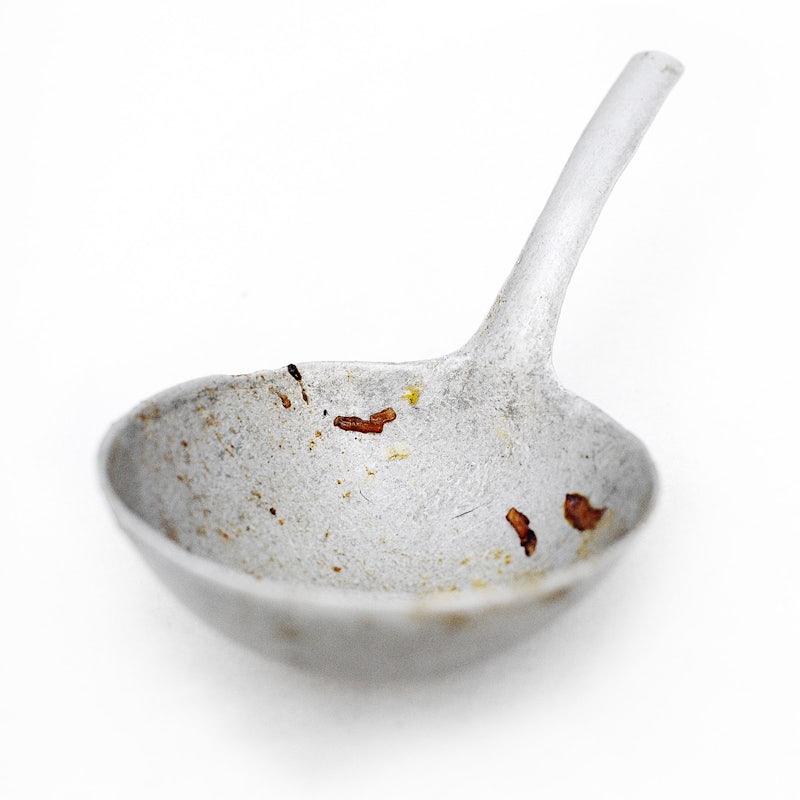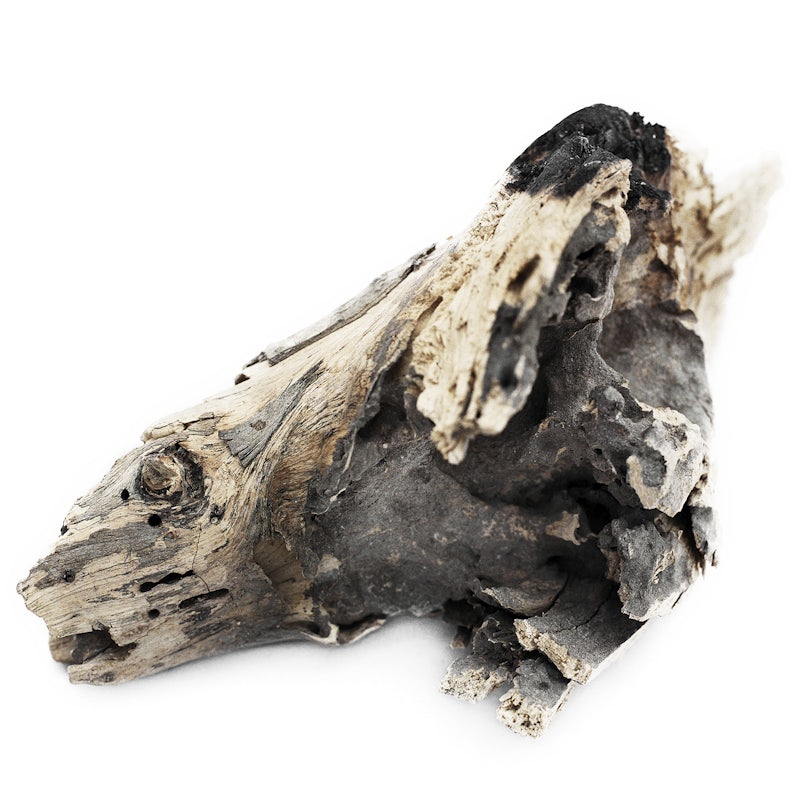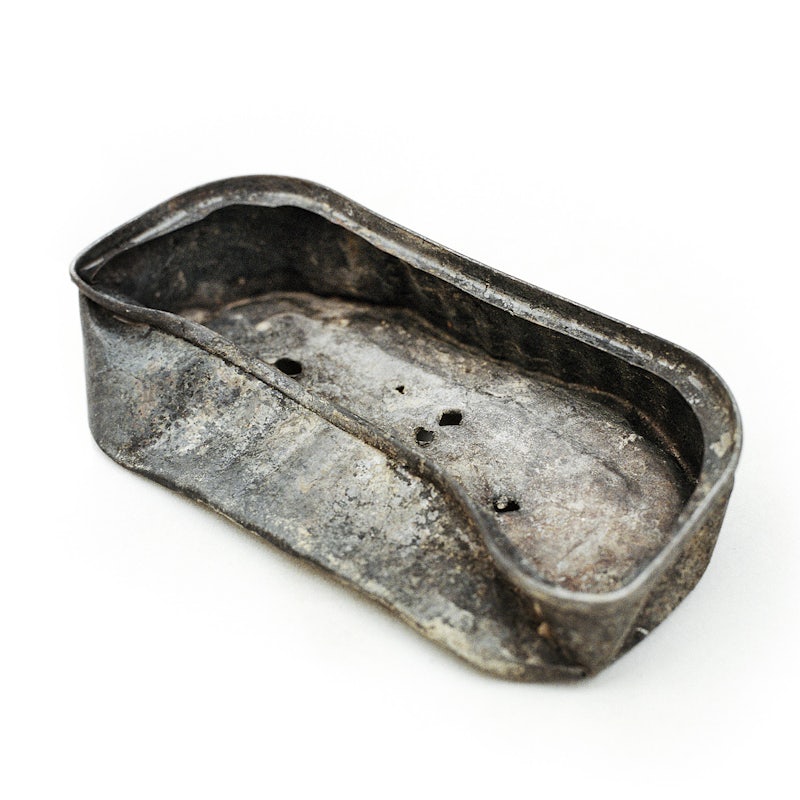Not so long ago, Lake Chad was one of the largest bodies of water in Africa. The thick reeds and vital wetlands around its basin provided vast freshwater reserves, breeding grounds for fish, fertile soil for agriculture, and grasslands where farmers grazed their animals. In 1963, it spanned almost 10,000 square miles, an expanse roughly the size of Maryland. But as climate change has taken its toll, the lake has shrunk by 90 percent. Today, only 965 square miles remain. Wetlands have given way to sand dunes. Farmers have abandoned their fields. Those who still live by the lake struggle to survive, beset by chronic drought and the slow onset of ecological catastrophe.
This looming crisis has only worsened with the rise of Boko Haram, which has driven some 74,000 Nigerians into neighboring Cameroon. In response, Cameroon’s government has banned farmers from using some brands of fertilizer, an ingredient used in homemade explosives, and has ordered that staples like maize, millet, and sorghum growing along roadsides be no higher than three feet, to prevent Boko Haram from hiding in planted fields.
More refugees and fewer crops have proven to be a deadly combination in a region already ravaged by climate change. More than seven million people around Lake Chad are now suffering from severe hunger, including 500,000 children wracked by acute malnutrition. Some huddle in makeshift shelters they have erected; others forage in the woods. Those fortunate enough to be granted a spot in a refugee camp often receive no more than one meal a day. Food, even in the most minute quantities, has become scarcer than hope.
We often turn away from images of the starving and hungry, from the skeletal profiles and hollowed-out eyes that attest to the misery and suffering. But photographer Chris de Bode has found a way to focus our attention on this forgotten crisis. A single vegetable, a dried fish, a bowl of red maize—sometimes this is all a mother has to divide between her children each day. She may have to choose to feed her two youngest and send the teenagers to a village to beg for food. These images do not ask us to look into their eyes and see ourselves. They ask us to look at the emptiness of their bowls and reflect on the fullness of our own. We see their hunger through what little they have. We measure their suffering in the most universal unit of all: a single meal.
